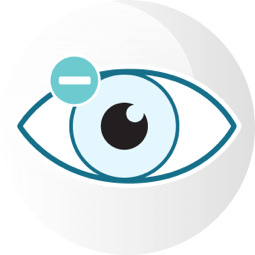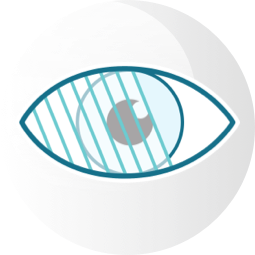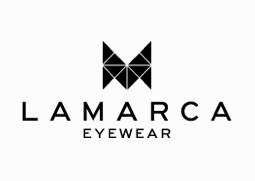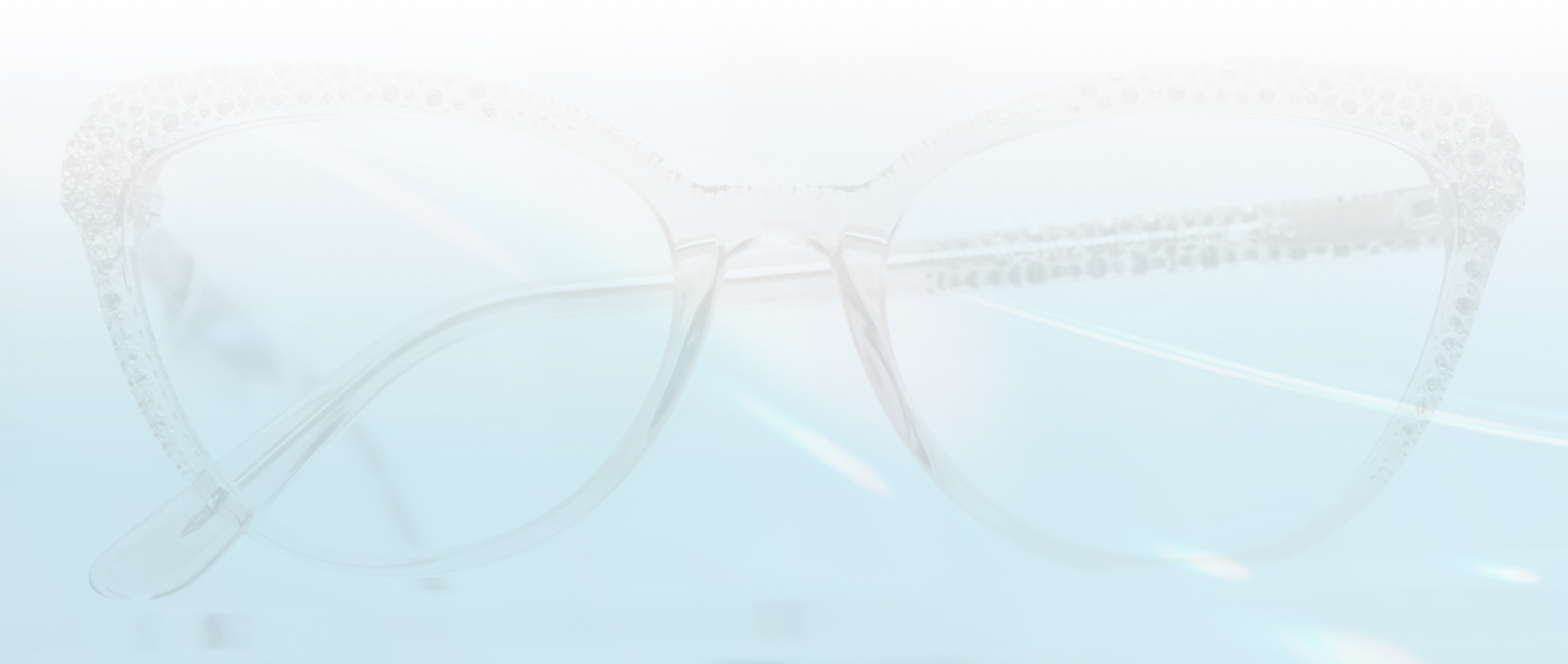Nearsightedness and farsightedness are refractive errors that require glasses or contact lenses to correct your vision. Your eye doctor can provide a prescription for these conditions, but what’s the difference between them?
Continue reading to learn more about nearsightedness and farsightedness.
What Is Nearsightedness?
Nearsightedness, or myopia, is a common refractive error affecting about 40% of Americans. Light typically lands on your retina when it enters the eye. But myopia causes light to land in front of the retina, making distant objects appear blurry while close-up objects remain clear.
Myopia tends to develop during childhood and stabilizes in adulthood. However, without treatment, myopia can continue to progress as children grow, leading to worsened vision.
Myopia has several symptoms, including:
- Blurry vision when looking at distant images
- Headaches
- Eye strain
- Frequent squinting
What Causes Nearsightedness?
Myopia occurs because of the shape of the eye: either your eyes are too long or your cornea is too steep. Light doesn’t bend as it should when entering the eye, altering how you see things.
Besides eye shape, other factors can influence myopia development, including:
- Family history
- Increased time in front of screens
- Reduced time spent outdoors
What Is Farsightedness?
Farsightedness, or hyperopia, is also a common refractive error, but it causes you to see distant objects clearly while nearby images are blurry. The level of blurriness you experience depends on the severity of your condition.
Hyperopia has several symptoms, including:
- Frequent squinting to see clearly
- Eye strain and burning eyes or aching around the eyes
- General eye discomfort after completing close-up tasks (reading, writing, etc.)
- Headaches
What Causes Farsightedness?
While nearsightedness occurs when your eyes are too long, farsightedness occurs when your eyes are shorter than normal or the cornea is too flat. The 2 errors are essentially opposites.
If you’re farsighted, you were likely born that way. Hyperopia runs in families, so you’re more likely to be farsighted if someone in your family is. It can be corrected with eyeglasses, contacts, or refractive surgery.
What’s the Difference Between Nearsightedness & Farsightedness?
If you’re wondering if you’re nearsighted or farsighted, you can figure it out by assessing what objects look the blurriest. Rest your eyes for a few minutes first—close them or look away from any nearby objects.
Read a book or complete another close-up task. If the pages look blurry or it’s hard to focus, you may have hyperopia.
Next, look at something around 10 feet away (measure the distance if possible), or go outside and look for a nearby stop sign or another object with writing on it. You may have myopia if you can’t read the words or make out shapes.
While myopia and hyperopia are different conditions, you can have both at once. It’s possible to be nearsighted in one eye and farsighted in the other.
Your eye doctor can write you a prescription for glasses that correct your refractive error.
What’s the Difference Between Nearsighted & Farsighted Prescriptions?
Myopia and hyperopia need different types of vision correction to provide clear sight.
Lens strength is measured in diopters, preceded by a plus or minus sign to indicate if you have a near or farsighted prescription. Your prescription may also include some other abbreviations your lens manufacturer needs to create your prescription.
Nearsighted Prescription
Prescriptions for myopia help improve distance vision, bending light properly so it lands on the retina. The strength of a myopia prescription goes into the negatives, meaning a -2.00 prescription is for myopia.
The higher the number, the stronger the lens power. A -3.00 prescription is stronger than a -2.00 prescription.
Farsighted Prescription
Hyperopia is the opposite of myopia. While light lands in front of the retina with myopia, it lands behind the retina when you have hyperopia.
Farsighted prescriptions use a positive number, such as +2.00. The higher the number, the stronger the lens power needed to correct your vision. A +3.00 prescription is stronger than a +2.00 one.
What About Astigmatism?
Astigmatism is a refractive error that impacts 1 in 3 people in the US. It occurs when your cornea or lens is irregularly shaped, altering how light bends as it enters your eye. This condition can blur both near and distant images.
If your astigmatism is 1.5 diopters or higher, you may need a prescription to see clearly. Your prescription shows how severe your astigmatism is and where the irregularities are in your eye.
Find the Right Prescription for Your Vision
Your eye doctor is here to help correct your vision and provide you with a prescription for clearer sight. They can also counsel you on treatment options for your refractive error, no matter the lens power needed. Contact your optometrist if you have symptoms of a refractive error.













